Kimono Rental for Special Occasions
- Kimono Rental for Special Occasions
- Introduction: Embracing Tradition in Japan’s Cultural Heart
- The Significance of Kimono in Japanese Special Occasions
- Types of Kimono for Different Special Occasions
- Kyoto’s Best Locations for Kimono Photography
- Seasonal Kimono Rental Considerations
- Choosing the Perfect Kimono Rental in Kyoto
- The Kimono Dressing Experience in Kyoto
- Pricing and Rental Packages
- Cultural Etiquette and Respect
- Planning Your Special Occasion
- Modern Adaptations and Fusion Styles
- Health and Comfort Considerations
- Creating Lasting Memories
- Conclusion: Embracing Tradition for Life’s Special Moments
Kimono Rental for Special Occasions
Weddings, Graduations and Formal Events in Kyoto
Experience the timeless elegance of traditional Japanese attire for your most memorable moments
Introduction: Embracing Tradition in Japan’s Cultural Heart
Kyoto, the former imperial capital of Japan, stands as a living testament to centuries of Japanese culture and tradition. When it comes to celebrating life’s most precious moments, nothing captures the essence of Japanese elegance quite like wearing a traditional kimono. Whether you’re planning a wedding ceremony, graduation celebration, or any formal event, kimono rental services in Kyoto offer an authentic way to honor these special occasions while immersing yourself in Japan’s rich cultural heritage.
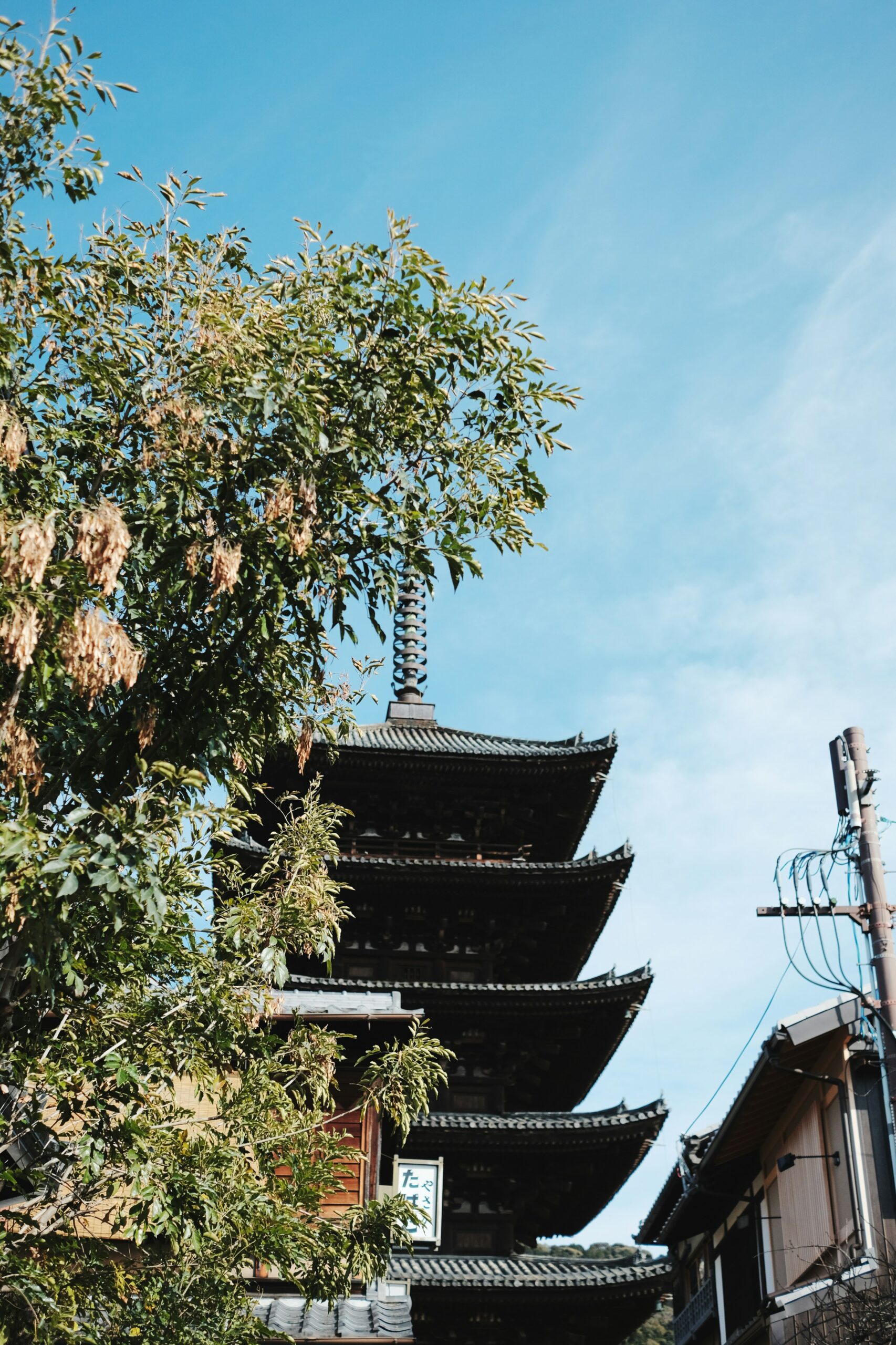
The art of kimono wearing has been perfected over thousands of years, and Kyoto remains the epicenter of this beautiful tradition. From the intricate silk fabrics to the meaningful patterns and colors, every aspect of a kimono tells a story. For visitors and locals alike, renting a kimono for special occasions provides an opportunity to become part of this living history while creating unforgettable memories.
The Significance of Kimono in Japanese Special Occasions
Weddings: A Symbol of Purity and New Beginnings
Traditional Japanese wedding ceremonies are steeped in symbolism, and the kimono plays a central role in these celebrations. The bridal kimono, typically white or red, represents purity, good fortune, and the transition into married life. In Kyoto’s numerous temples and shrines, couples often choose to exchange vows while wearing these magnificent garments.
The shiromuku, an all-white wedding kimono, symbolizes the bride’s willingness to be “dyed” in her husband’s family colors. Meanwhile, the iro-uchikake, featuring vibrant colors and elaborate designs, represents joy and celebration. These ceremonial kimonos are works of art, often featuring cranes, pine trees, and cherry blossoms – symbols of longevity, strength, and beauty.

Graduations: Honoring Academic Achievement
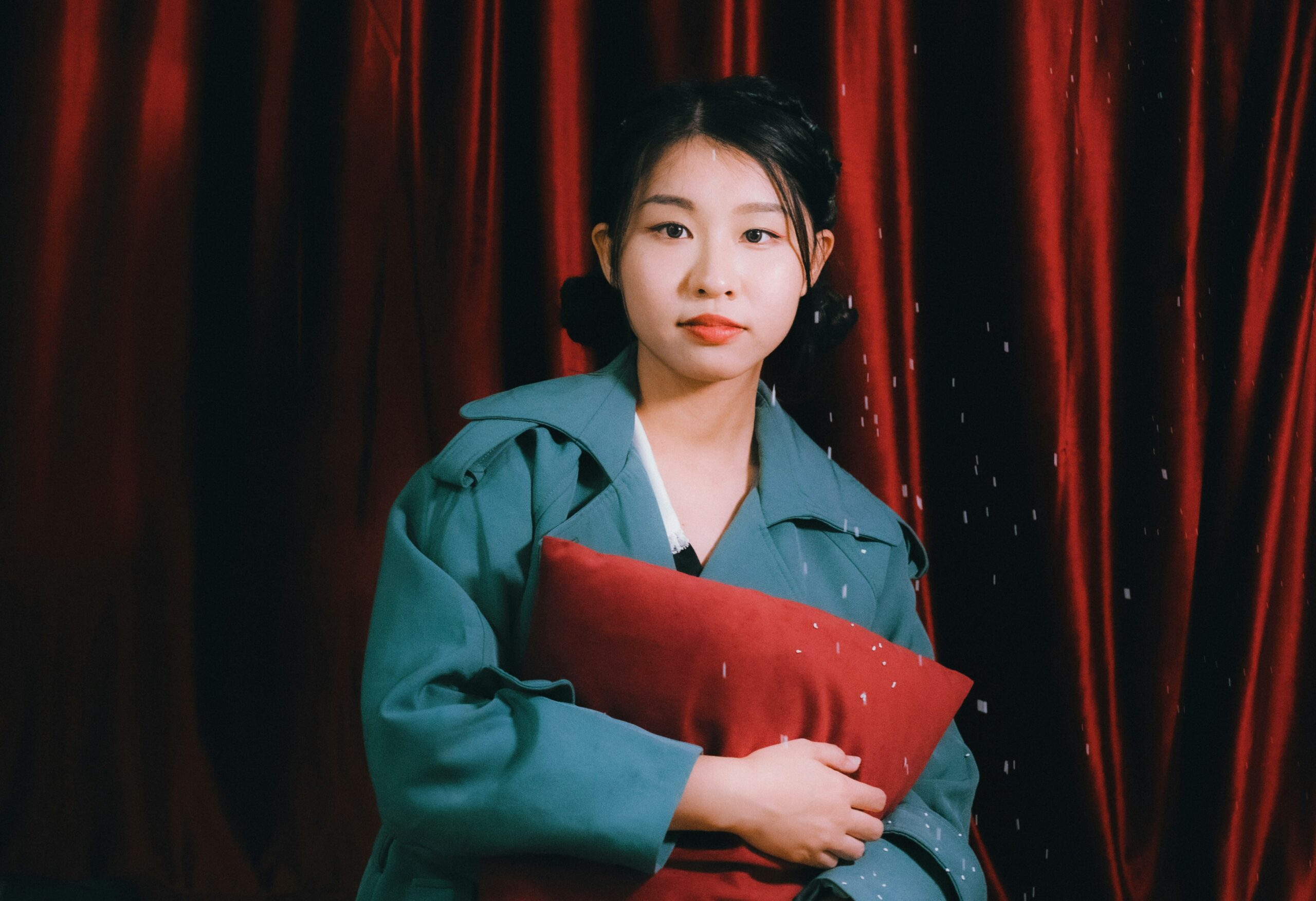
Graduation ceremonies in Japan hold special significance, marking not just academic completion but the transition to new life phases. The hakama, a traditional pleated skirt worn over a kimono, has become synonymous with graduation ceremonies, particularly for young women graduating from university.
The combination of kimono and hakama represents dignity, respect for education, and pride in Japanese cultural identity. Colors and patterns are carefully chosen to reflect the graduate’s personality and aspirations. Deep purples, rich blues, and vibrant greens are popular choices, often adorned with floral motifs that represent growth and new beginnings.
Formal Events: Maintaining Cultural Elegance
Beyond weddings and graduations, kimono rental in Kyoto serves various formal occasions including tea ceremonies, cultural festivals, business events, and family celebrations. Each event type calls for specific kimono styles, colors, and accessories that reflect the occasion’s formality and cultural significance.
Types of Kimono for Different Special Occasions
Wedding Kimono Styles
Shiromuku (White Kimono)
The shiromuku represents the most formal wedding attire for Japanese brides. This pure white ensemble includes the kimono itself, obi (sash), and various accessories. The white color symbolizes the bride’s pure heart and her readiness to embrace her new family’s traditions.
Iro-uchikake (Colored Outer Kimono)
Often worn during the reception or as a second outfit, the iro-uchikake features rich colors and elaborate embroidered designs. Gold and silver threads create stunning patterns of seasonal flowers, birds, and traditional motifs that bring good luck to the newlyweds.
Tomesode
For married female guests at weddings, the tomesode offers elegant formality. These kimono feature designs only on the lower portion of the garment and come in black (kuro-tomesode) for the most formal occasions or colors (iro-tomesode) for slightly less formal events.
Graduation Ceremony Attire
Hakama Sets
The classic graduation look combines a beautiful kimono with a hakama (pleated skirt). This ensemble originated from the Meiji period and has become the standard formal wear for female graduates. The hakama allows for easier movement while maintaining traditional elegance.
Color Coordination
Graduation kimono often feature bright, youthful colors like deep purple, emerald green, or rich burgundy. These colors represent the graduate’s bright future and are often complemented by delicate floral patterns or geometric designs.
Kyoto’s Best Locations for Kimono Photography
Historic Temples and Shrines
Fushimi Inari Shrine
Famous for its thousands of vermillion torii gates, this shrine provides a stunning backdrop for kimono photography. The contrast between the bright orange gates and traditional kimono creates breathtaking images that capture the essence of Japanese culture.
Kinkaku-ji (Golden Pavilion)
The golden temple reflects beautifully in the surrounding pond, offering a luxurious backdrop for formal kimono photographs. The seasonal gardens provide year-round beauty for capturing special moments.
Kiyomizu-dera Temple
This wooden temple offers panoramic views of Kyoto and provides multiple photography opportunities. The temple’s architecture complements the traditional lines of kimono, creating harmonious compositions.

Traditional Districts
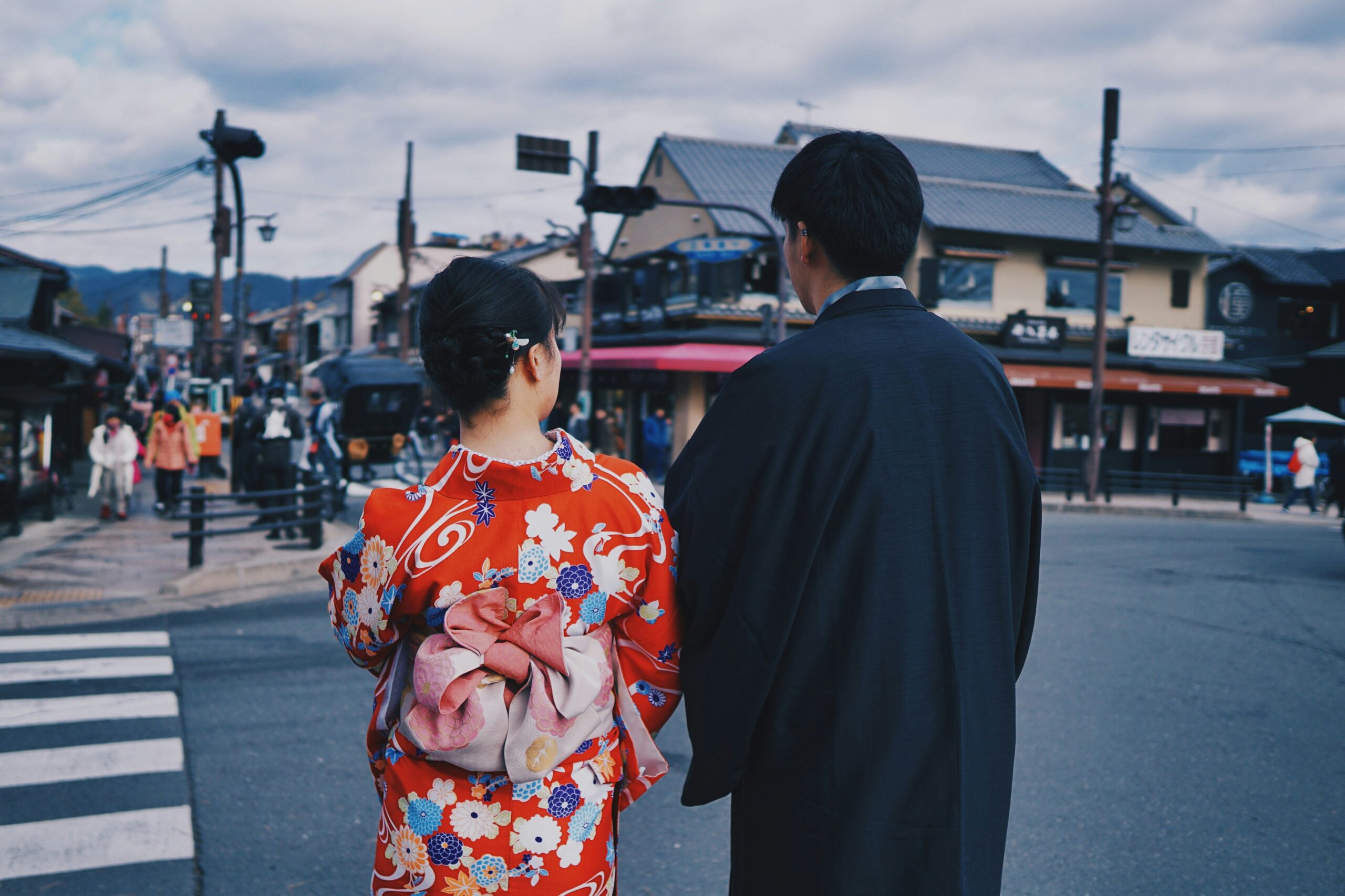
Gion District
The famous geisha district features traditional architecture, stone-paved streets, and historic tea houses. These authentic settings transport you back in time and provide perfect backdrops for formal kimono photography.
Philosopher’s Path
This peaceful walking path along a canal offers seasonal beauty, from cherry blossoms in spring to colorful maple leaves in autumn. The natural settings provide romantic backdrops for couples and elegant portraits for graduates.
Arashiyama Bamboo Grove
The towering bamboo creates a natural cathedral effect, with filtered light creating magical photography conditions. The green backdrop beautifully complements colorful graduation kimono or wedding attire.
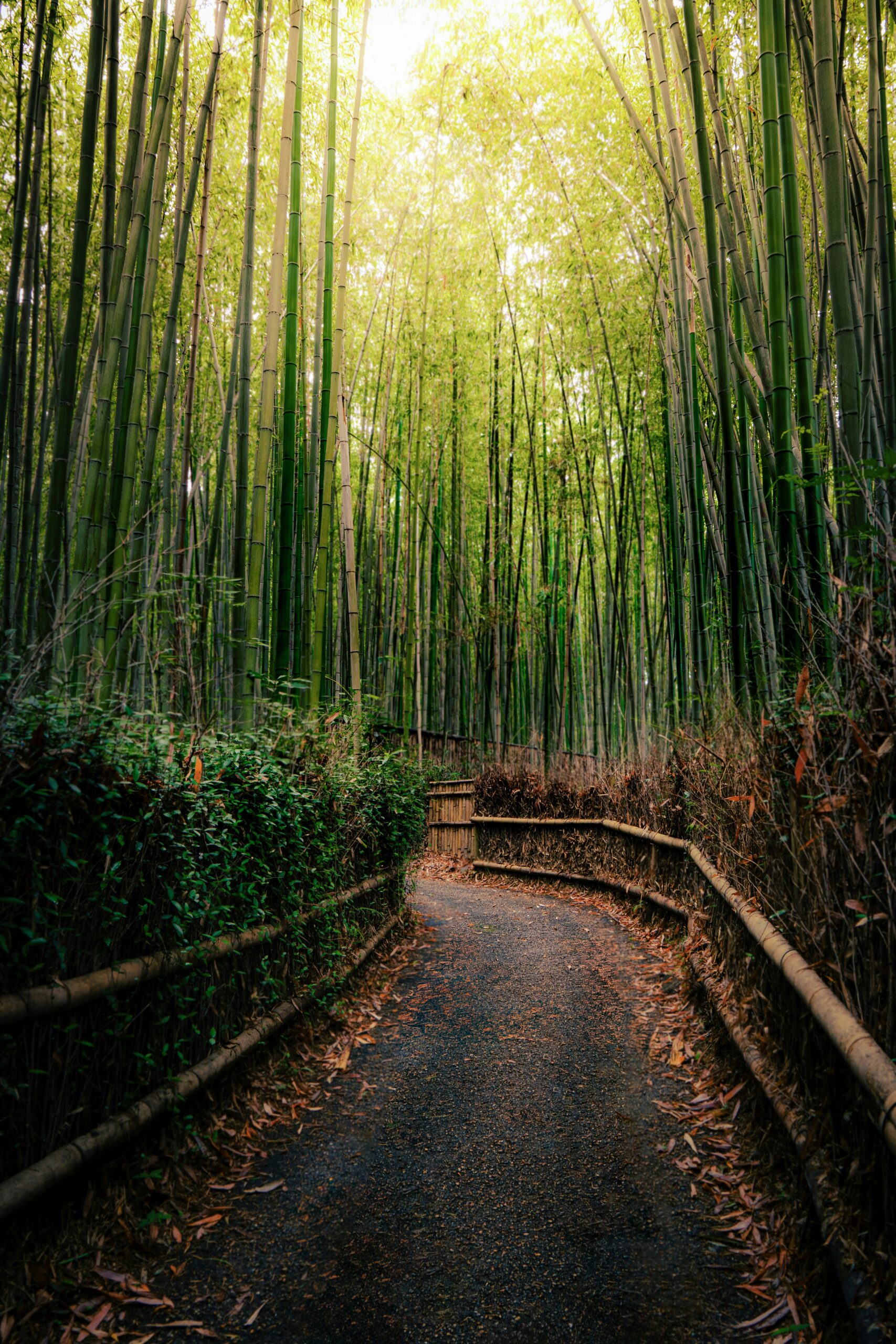
For professional photography services that capture the beauty of your kimono experience in these stunning Kyoto locations, visit AllPhoto Kyoto to book your session and preserve these precious memories forever.
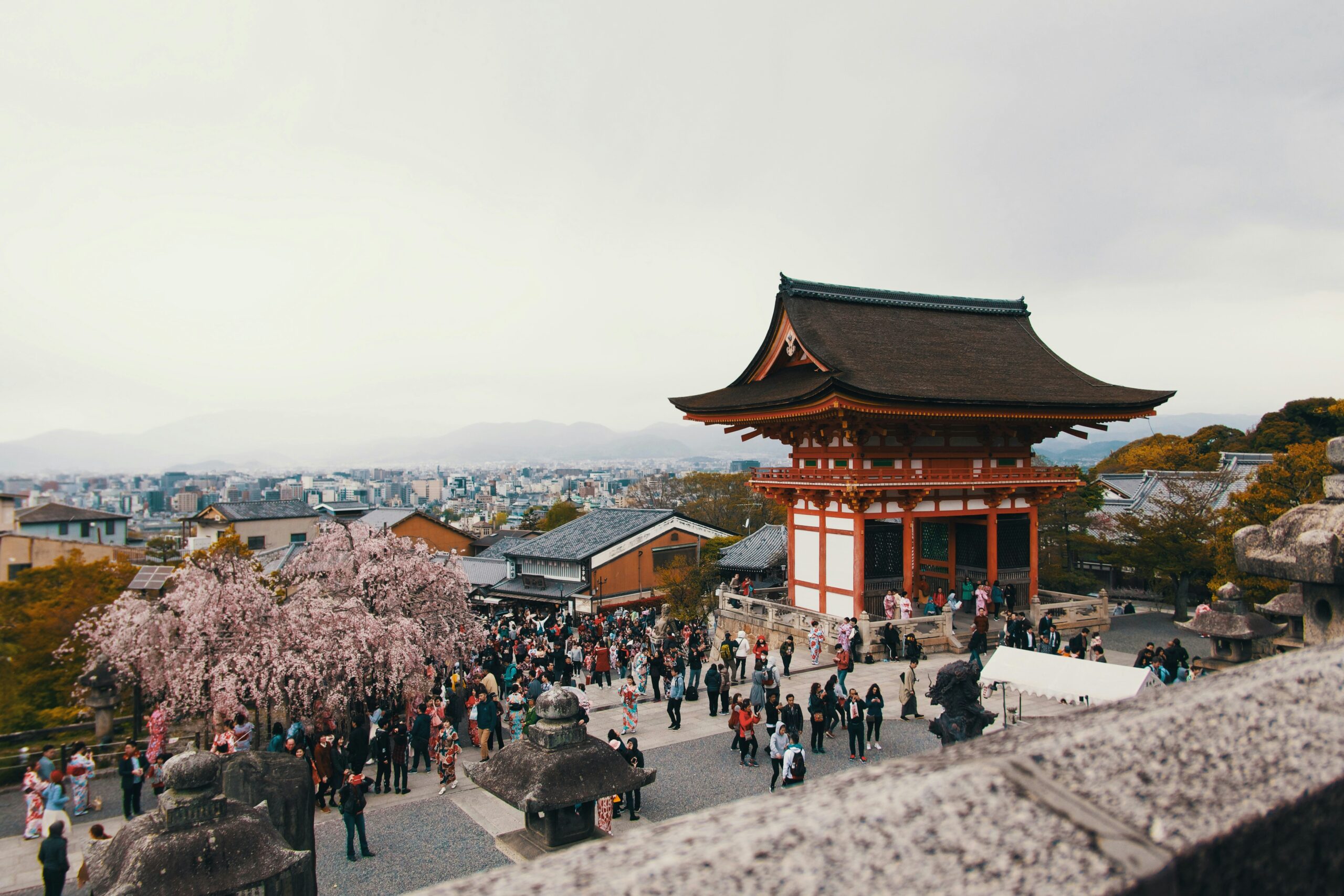
Seasonal Kimono Rental Considerations
Spring (March – May)
Spring in Kyoto brings the famous cherry blossom season, making it one of the most popular times for kimono rental. Spring kimono feature delicate patterns of sakura (cherry blossoms), wisteria, and other seasonal flowers. Pastel colors like pink, lavender, and light green are particularly popular during this season.
Popular Spring Patterns:
- Cherry blossom motifs
- Butterfly designs
- Flowing water patterns
- Young leaves and shoots
Summer (June – August)
Summer kimono use lighter fabrics and cooler color palettes to help wearers stay comfortable in Kyoto’s humid summer climate. Unlined kimono (hitoe) or summer weight fabrics are essential during this season.
Summer Considerations:
- Lighter fabrics like linen or gauze
- Cooler colors such as blue, white, and light purple
- Patterns featuring water, goldfish, or morning glory flowers
- Open weave accessories for better air circulation
Autumn (September – November)
Autumn represents one of the most beautiful seasons for kimono wearing in Kyoto. The changing maple leaves provide stunning backdrops, while autumn kimono feature rich, warm colors that complement the seasonal landscape.
Autumn Elements:
- Maple leaf patterns
- Chrysanthemum designs
- Rich burgundy, gold, and deep orange colors
- Harvest motifs like rice stalks or persimmons
Winter (December – February)
Winter kimono feature the warmest fabrics and often the most formal designs. The season’s stark beauty provides dramatic backdrops for formal photography, especially against snow-covered temple grounds.
Winter Characteristics:
- Heavy silk fabrics for warmth
- Deeper, richer colors
- Patterns featuring pine, bamboo, or plum blossoms
- Luxurious accessories like fur-trimmed items
Choosing the Perfect Kimono Rental in Kyoto
Factors to Consider
Occasion Appropriateness
Understanding the formality level of your event is crucial for selecting the right kimono style. Wedding ceremonies require the highest level of formality, while graduation ceremonies allow for more personal expression within traditional bounds.
Seasonal Considerations
Japanese culture places great importance on seasonal appropriateness. Spring kimono might feature cherry blossom patterns, while autumn designs incorporate maple leaves or chrysanthemums. Summer kimono use lighter fabrics and cooler colors, while winter selections feature warmer tones and heavier materials.
Personal Style and Body Type
Professional kimono rental services in Kyoto employ experts who understand how different styles, colors, and patterns complement various body types and personal preferences. They can guide you toward choices that enhance your natural beauty while respecting traditional aesthetics.
Color Psychology in Kimono Selection
Colors in kimono carry deep cultural meanings. Red represents life force and celebration, purple denotes nobility and spirituality, blue symbolizes tranquility and depth, while green represents youth and vitality. Understanding these associations helps in making meaningful choices for special occasions.
The Kimono Dressing Experience in Kyoto
Professional Assistance
Wearing a kimono properly requires expertise that takes years to master. Professional dressing services in Kyoto ensure that every layer, fold, and accessory is perfectly positioned. The process typically takes 45 minutes to an hour and includes:
Undergarment Preparation
Proper foundation garments ensure the kimono hangs correctly
Kimono Application
Careful draping and securing of the main garment
Obi Tying
The complex art of sash arrangement, often featuring elaborate bows and knots
Accessory Addition
Hair ornaments, bags, and traditional footwear complete the ensemble
Hair and Makeup Services
Many kimono rental establishments in Kyoto offer comprehensive beauty services to complement your traditional attire. Traditional Japanese hairstyles and makeup techniques enhance the overall aesthetic while ensuring you look your absolute best for photographs and your special event.
Traditional Hairstyles
- Shimada: A classic updo perfect for formal occasions
- Marumage: Traditional married woman’s hairstyle for weddings
- Modern Arrangements: Contemporary styles that honor tradition while offering personal flair
Makeup Considerations
Traditional Japanese makeup emphasizes natural beauty with subtle enhancements. The focus is on creating a porcelain-like complexion, defined eyebrows, and elegantly colored lips that complement the kimono’s color palette.
Pricing and Rental Packages
Basic Rental Packages
Most kimono rental shops in Kyoto offer tiered pricing based on the formality and quality of the garments. Basic packages typically include:
- Kimono selection
- Obi and accessories
- Basic dressing service
- Hair styling
- Simple photography
Premium Services
For special occasions like weddings or graduations, premium packages often include:
- High-quality silk kimono
- Professional makeup application
- Elaborate hair styling with traditional ornaments
- Professional photography services
- Extended rental periods
- Delivery and pickup services
Booking Considerations
Advance Reservations
Popular seasons like cherry blossom time and autumn foliage period require bookings well in advance. Wedding and graduation seasons also see high demand for the finest kimono selections.
Group Discounts
Many rental services offer special rates for groups, making them perfect for wedding parties, graduation celebrations, or family events where multiple people want to wear traditional attire.
Cultural Etiquette and Respect
Proper Kimono Behavior
Wearing a kimono comes with certain behavioral expectations that show respect for Japanese culture:
Walking and Movement
- Take shorter, more deliberate steps
- Keep movements graceful and controlled
- Be mindful of the kimono’s length and obi position
Sitting and Standing
- Sit with legs together and slightly to one side
- Smooth the kimono when sitting to prevent wrinkles
- Rise gracefully, maintaining the garment’s proper positioning
Respect for the Garment
- Handle the kimono carefully to avoid damage
- Follow care instructions provided by rental services
- Understand that you’re wearing a piece of cultural art
Photography Etiquette
When photographing in kimono at temples, shrines, or cultural sites:
- Follow all posted photography rules
- Be respectful of other visitors and ceremonies
- Ask permission before photographing in private areas
- Maintain appropriate behavior that honors the cultural significance of your attire
Planning Your Special Occasion
Timeline Considerations
6 Months Before Your Event
- • Research rental services and styles
- • Book appointments for popular seasons
- • Begin planning photography sessions
3 Months Before
- Confirm rental reservations
- Schedule fitting appointments
- Plan hair and makeup services
1 Month Before
- Final fittings and adjustments
- Confirm all service appointments
- Review care and handling instructions
Week of Event
- Pickup or final preparations
- Review wearing and care guidelines
- Confirm photography appointments
Coordination with Other Services
Photography Integration
Professional photographers familiar with kimono can help plan shooting schedules that account for dressing time, location changes, and the kimono’s care requirements. Many Kyoto photographers specialize in traditional attire and understand how to capture its beauty effectively.
Event Planning
Coordinate with wedding planners, graduation coordinators, or event organizers to ensure your kimono choice complements the overall aesthetic and timeline of your special occasion.
Modern Adaptations and Fusion Styles
Contemporary Kimono Trends
While respecting traditional aesthetics, modern kimono rental services in Kyoto also offer contemporary adaptations:
Color Innovation
- Non-traditional color combinations
- Modern pattern interpretations
- Fusion designs that blend Eastern and Western aesthetics
Accessory Modernization
- Contemporary hair ornaments
- Modern bag styles that complement traditional wear
- Updated footwear options for comfort and style
Western Influence Integration
- Modified silhouettes for easier movement
- Contemporary fabric choices
- Hybrid accessories that blend cultures
Some rental services offer kimono-inspired formal wear that maintains traditional elegance while incorporating Western fashion elements.
Health and Comfort Considerations
Physical Preparation
Comfort Tips
- Practice walking in traditional footwear before your event
- Prepare for the kimono’s restrictive nature by planning appropriate activities
- Stay hydrated, especially during warmer seasons
Health Considerations
- Inform rental services of any mobility restrictions
- Discuss comfort modifications if needed
- Plan rest periods during long events
Weather Adaptations
Seasonal Comfort
- Choose appropriate undergarments for the season
- Plan for weather protection without damaging the kimono
- Consider indoor/outdoor event balance
Creating Lasting Memories
Photography Tips
Posing Guidance
- Work with photographers familiar with kimono photography
- Practice traditional poses that enhance the garment’s beauty
- Understand how to move gracefully in formal attire
Location Scouting
- Visit potential photography locations beforehand
- Consider seasonal elements and lighting conditions
- Plan for multiple outfit changes if desired
Memory Preservation
Professional Documentation
Beyond photography, consider:
- Video documentation of the dressing process
- Professional albums or memory books
- Digital galleries for easy sharing with family and friends
Conclusion: Embracing Tradition for Life’s Special Moments
Choosing kimono rental for your special occasions in Kyoto offers more than just beautiful attire – it provides a connection to centuries of Japanese culture and tradition. Whether celebrating a wedding, graduation, or any formal event, wearing a kimono transforms the experience into something truly extraordinary.
The ancient capital of Kyoto, with its preserved temples, traditional districts, and cultural heritage, provides the perfect setting for these meaningful celebrations. From the moment you begin the dressing process to the final photograph, wearing a kimono connects you to the artistic traditions and cultural values that have defined Japanese society for generations.
Professional kimono rental services in Kyoto understand the significance of these moments and provide expert guidance to ensure your experience honors both the occasion and the cultural traditions you’re embracing. With proper selection, care, and respect, your kimono rental experience will create memories that last a lifetime while celebrating life’s most precious moments in authentic Japanese style.
Remember that choosing to wear a kimono for your special occasion is not just about fashion – it’s about participating in a living cultural tradition that continues to evolve while maintaining its essential beauty and meaning. Whether you’re a visitor to Kyoto or a local resident, embracing these traditions adds depth and significance to life’s milestone moments.
For professional photography services that capture the timeless beauty of your kimono experience against Kyoto’s stunning backdrops, visit AllPhoto Kyoto to preserve these precious memories with artistic excellence and cultural sensitivity.


コメント